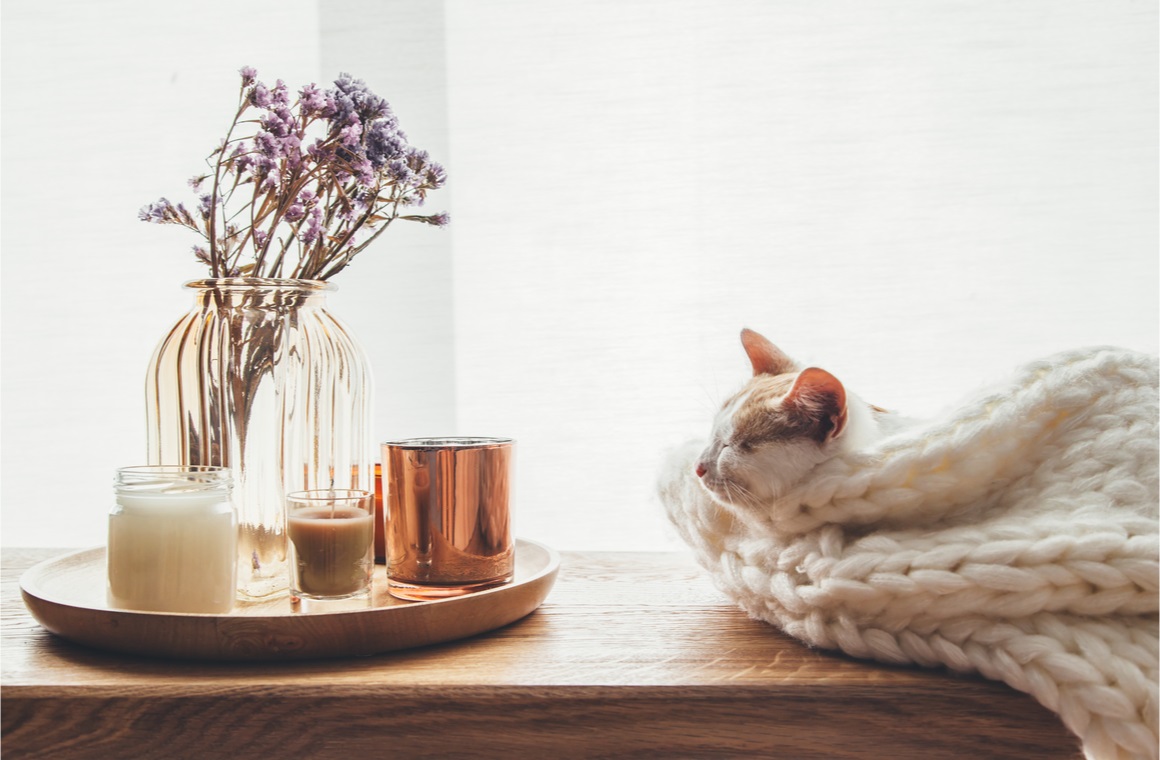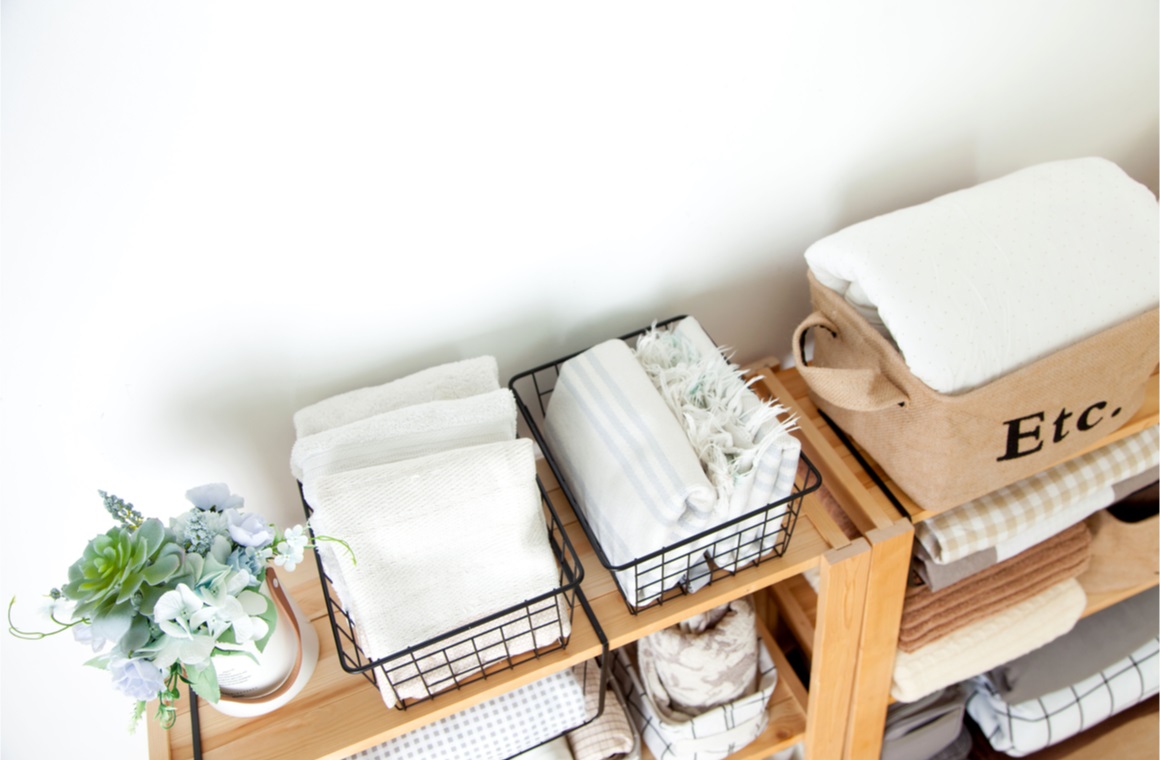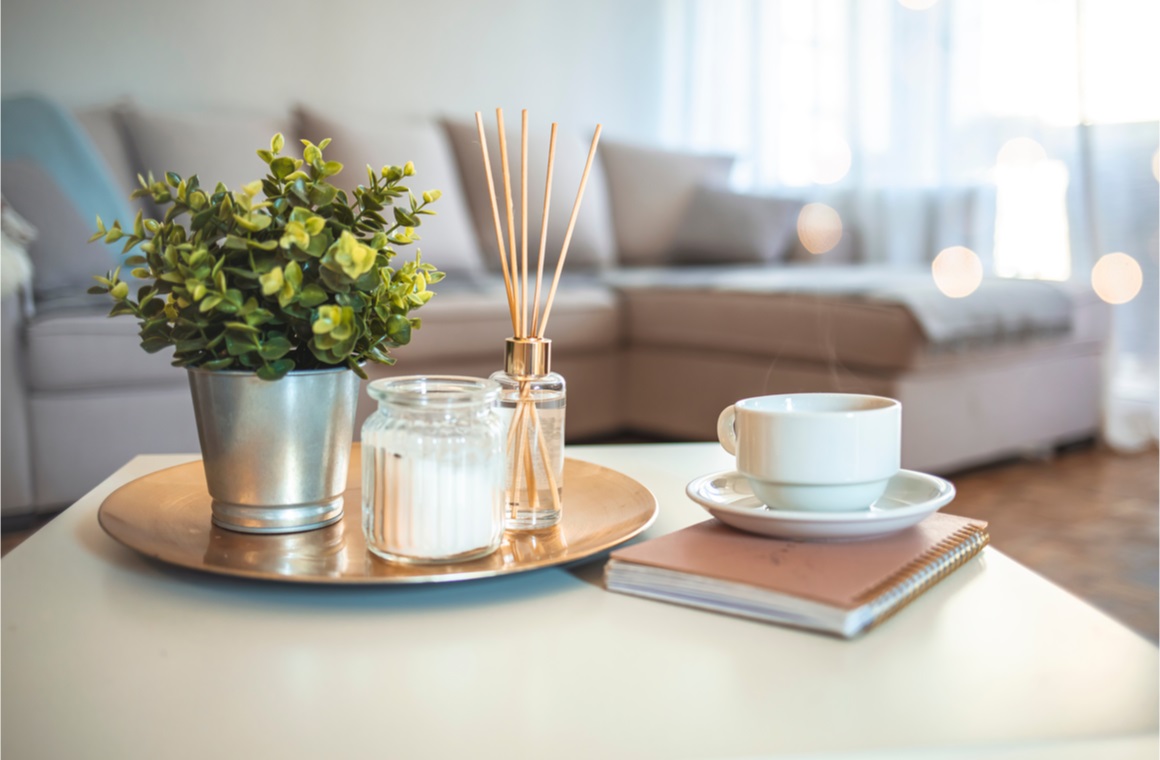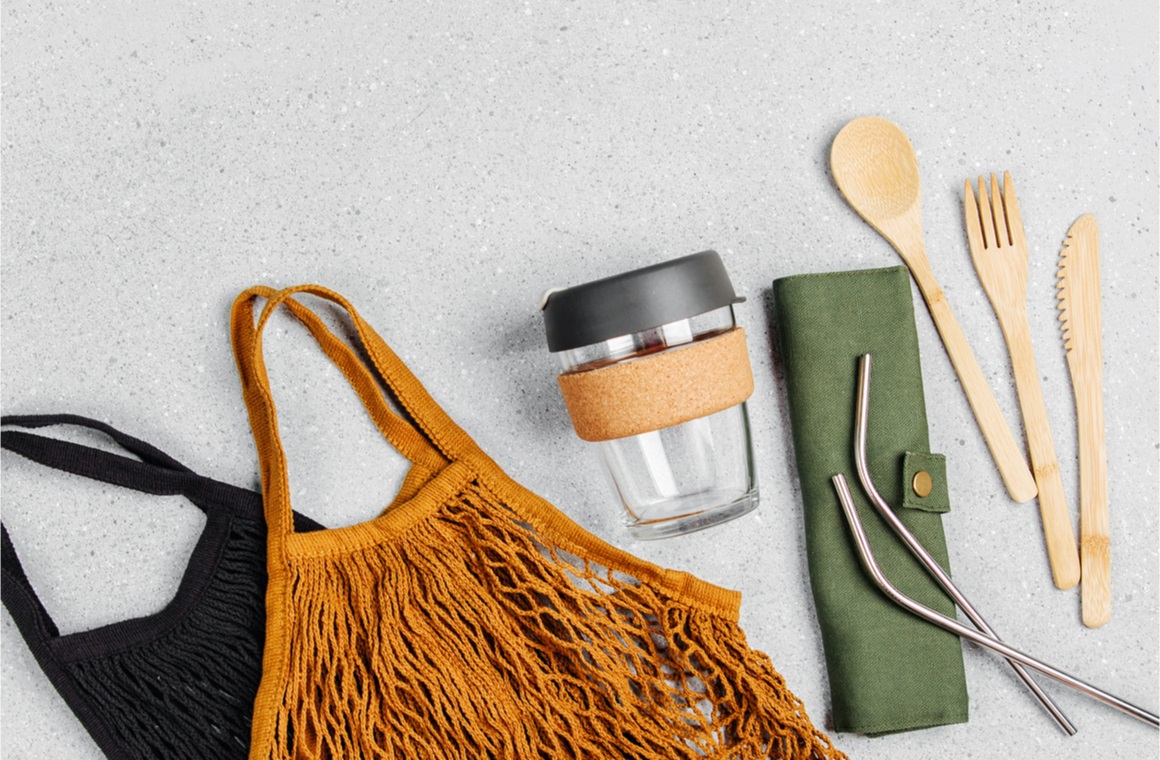We all know the struggle. It’s like we’re always fighting a losing battle against the clutter in our homes that, willing or not, finds a way to impact our minds. That battle has been an ongoing war with daily fights that we either win or lose, but the war is still ongoing. How do we find a way to stop the clutter, end the war and just relax in our clutter-free homes? How do we end the clutter in such a way that we won’t have to declutter again? The answer isn’t simple, but with one final push from our troops, we can find a way to conquer the clutter and defeat it for good.
Let’s look at this without the war metaphor. Clutter is a real thing that affects our daily lives. Just take a look around your home; you’ll probably find a bin, a shelf, a drawer filled to the max, or a corner in a room that is the definition of clutter. A bunch of things that don’t really have a place of their own that you just use when needed, then discard somewhere else when you are done with it. That is the clutter I am referring to. Now, if you can imagine that bin, shelf, etc., neatly arranged, that corner in your room cleaned up, and that drawer no longer overflowing. Isn’t your room much more agreeable in your imagination? Clean, orderly, and free of clutter like a new spring. And aren’t you more relaxed in the scenario?
How Clutter Affects our Daily Lives?

A side effect of clutter that many people overlook is the stress related to it. From personal experience, I can say that studying makes the most clutter for me. When I study, I have books and notes, and notebooks spread across my room. I don’t really limit myself to my desk. Now, I remember that it seemed comfortable, but I would always study at the last minute and always in a rush. Why? Because unconsciously, I found it hard to focus with all that clutter surrounding me. My mind kept getting distracted by this paragraph and that analysis, that in the end, I couldn’t focus my attention on one thing for an extended period of time. That is what clutter does every day.
A clutter-free home is a home that is also free of unnecessary distractions. Without those distractions, our mind isn’t as tired anymore and can focus easier on more important things. These distractions come in various forms, from a pile of clothes on a chair to a piece of word art strung on the wall; they all give our minds unnecessary things to focus on. Taking them out of the room will relax and calm your mind. You won’t be aware that this is happening, but our subconscious is constantly struggling.
Take art museums, for example. Every piece of art is displayed with plenty of empty or blank space around it. The purpose of that blank space is to allow the viewer to only focus on one thing at a time, to give their complete attention to just one painting. Similarly, if our home has fewer things to distract and clutter our minds, we can pay more attention to the more important things in life and teach our children about simplifying their lives.
How can we Declutter our Homes and our Minds?

Some concepts are applied in modern interior design that considers both home and mind clutter. These concepts are predominantly used in certain areas, but they can be found worldwide as we live in a globalized era. First, we’ll take a closer look at the clutter, then we’ll focus on the mind, and we’ll bring it all together to get that ideal living despite the consumerism we all stumble upon.
KonMari

Through KonMari, the art of permanently decluttering your home, a name that comes from Marie Kondo, a Japanese writer and organizing specialist, we learn how to declutter our homes. The concept is rigorous but, if done correctly, will rid your life of clutter. The genius behind KonMari follows one mantra. Does it inspire joy? That is the only thing necessary for anyone to apply the KonMari method of decluttering.
For the whole lesson, I suggest the book KonMari – the Life-Changing Magic of Tidying Up, but I’ll provide the crash-course here. The most important thing is to visualize your home, draw it, make it about your goal, dream, and purpose. Ask yourself why do you want to declutter, then apply the Why? question four more times. Only once you reach a concrete idea, you start decluttering. It’s the best kind of decluttering on a budget. All you need is time and conviction.
The KonMari method separates every item in our homes into five categories: clothes, books, papers, miscellaneous, and mementos. They are each tackled in turn and in full. This means, gather all the items in your home that fit in each category and sort through them. When you sort them, take each item in your hands and feel it. If it inspires joy, you keep it; If it doesn’t, you thank it and rid yourself of it – donate or throw it away. When you complete one category, you organize it, and there are some great organization tips that you could use in the book as well. Once done with the first category, you go on to the next. Otherwise, you might end up lost in memories. The categories’ order should also be respected as they increase in difficulty. Clothes are the easiest, while mementos are the hardest.
If you follow each step, you will uncover your ideal lifestyle at the end of the journey. The whole process may be lengthy and can last up to 6 months or more. It all depends on the available time, the home’s size, and the focus dedicated to it. In households with more family members, all should work together, and each should tackle their individual items themselves.
Hygge

Through Hygge, Scandinavians learn to enjoy the little things. The concept of Hygge is all about warmth, comfort, contentedness, and feeling all fuzzy on the inside. The need for Hygge is weather-related in those countries but can be applied even in the warmest of climates. When Danes think of Hygge, candles, friends, warm drinks, and fluffy blankets come to mind. All these elements can improve the atmosphere around your home, but Hygge isn’t something that can be bought. The Little Book of Hygge by Meik Wiking can be bought from a bookstore, but the concept can only be nurtured.
Hygge is something that we do to make ourselves feel better. Similar to KonMari, Hygge includes clutterless interiors because comfort requires tidiness. Once your home is tidy, you can focus on the sensory experiences brought to you through Hygge: scent, taste, sound, sight, and touch. Satisfying all five senses isn’t as difficult as it may sound.
- Scent – make some home-baked cookies or mulled wine, which are smells that will fill the entire house and scents that will make any guest or visitor feel welcomed.
- Taste – eat that home-cooked meal as Hygge is all about treating yourself.
- Sound – some good music, a fire cracking in the fireplace, or the sound of rain pouring outside are all great options.
- Sight – candlelight, warm light, natural light, fireplace, and tidiness combined for aesthetic delight.
- Touch – here, we see fuzzy blankets, knitted socks, wooden furniture, live plants, and warm cups that bring delight through their texture and the way they feel beneath our fingers.
Hygge is about creating a space where everyone feels welcome, comfortable, and warm. Your home should be welcoming to your guests and make them feel comfortable. The Hygge feeling is related to the home more than anything else, as well as time spent with friends and family. You can Hygge by yourself, I personally treasure those moments when I’m all alone, but quality time with the people you love is the definition of Hygge. Those moments spent with friends playing board games while sipping on a cup of a warm beverage, enjoying the warmth from the cup, from the fire, and from the people around you. That is what Hygge is. Stress and clutter are its contradiction.
Decluttering Against the Grain

Nobody has the answer to everything. There isn’t one exact formula to decluttering because whichever way we look at things, people are the one element that generates clutter. It’s either a result of hoarding stuff for years and various reasons, sentimentality, or simply because we don’t have the time to put everything back in its place. These aren’t excuses, they are valid reasons why clutter results from the equation of each individual’s life, but there is one thing that influences all of us.
We all live in a consumerist society that demands that we consume more, buy more, use more. It’s how the world evolved around us; through us, because of us, and we are the ones who suffer in the end. Either from homes cluttered with things we no longer need or from thoughts that are jammed into our minds everywhere we look. Knowing how to declutter our homes and make our minds clutter-free while at home doesn’t fix the bigger problem. What can we do about things outside of our homes?
A consumeristic society thrives on consuming. People, human beings, are the ones that consume, and if the level of consumption decreases because we no longer use, need or buy so much stuff, then consumerism will stop being the force it is today. As human beings, we don’t need all the things that we usually buy, so why do we buy them? Items of every KonMari category can be refurbished, recycled, reused, and Hygge is all about items that have a history—caring for the items we own prolongs their useful life and nurtures an emotional connection. If you think that emotion and items are unrelated, then take a look at your phone. How emotionally attached are you to your phone? Something new has no emotional connection to us and, unless it is needed, is not necessary.
As a side note, in Iceland, you can not find toothpaste sold in a cardboard box. All the toothpaste is sold just in their tubes. This results from the Icelandic people collectively deciding not to buy toothpaste types because of the cardboard box’s unnecessary addition. Sustainable living is a focus in Iceland, and the result came. All the companies selling toothpaste in Iceland changed their marketing strategy, and 90% of the toothpaste sent to Iceland was without a cardboard box or plastic. Furthermore, in 2020 Iceland passed a bill to ban single-use plastic bags on January 1st, 2021, entirely as one of the countries that fight pollution the hardest.
Conclusion
Finding your own path from the clutter of your home and your mind won’t always be easy. However, these two concepts, while they come from thousands of miles apart, can work together in giving you the clutter-free life you’ve always been looking for. They will give your home a calmness that will also transmit to your mind.
Remember, KonMari teaches you to treat your possessions with more respect as they bring you joy, while Hygge teaches you to treat yourself with more respect. Combining the two gets the best outcome possible. You’ll enjoy doing the dishes because the items themselves bring you joy. Also, you’ll take your time to fold your clothes because they gave you so much during the day, and now they need to rest. But guess what? Your mind also needs rest so let it relax while you do the daily activities we can’t run away from.
Prepare yourself a cup of tea, coffee, hot chocolate, or something stronger but warm, and just enjoy the process while your mind relaxes on idle, enjoy that moment of peace. Some people turn to yoga or other means of meditation to find inner peace. With all the available space, you can even make your own zen corner for meditation and try it out. But the one thing that can actually alleviate your home and mind is how you consume.
Let us know what you think about the combination of these two concepts in the comments section below. I tested them and have been more at peace since I applied them than I have been in a long time. Like & Share this article with friends and family; we all need some peace of mind during these times.












Finding your own formula to see how you can progress with your house’s decluttering really makes a lot of sense. Sometimes I get the drive to clean, while other days I don’t feel like it at all, so forcing it might just lead to me tiring myself out. I’ll take your word for it and rent out a self-storage unit we can use for the times we feel like removing all of the junk we have at home.